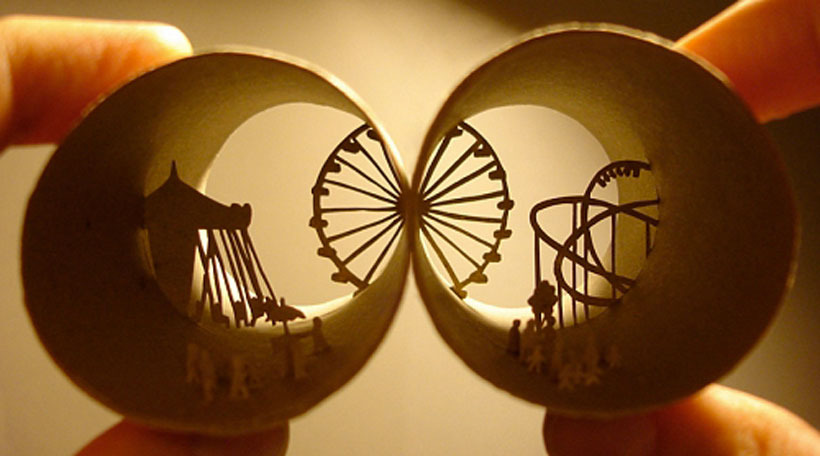Make with cardboard tubes
Build a marble run from cardboard tubes, tape, and cardboard. Experiment with ramps to explore gravity, angles, and problem-solving skills.



Step-by-step guide to build a marble run from cardboard tubes
3 Amazing Cardboard Tube Ideas You Have to Try | DIY | Roll Crafts
Step 1
Gather all the materials from the list and bring them to a clear table.
Step 2
Lay the cardboard sheet flat on the table as your base.
Step 3
Use the ruler and pencil to mark a high start point and a low finish point on the base.
Step 4
Carefully cut one cardboard tube lengthwise to make a half‑pipe channel.
Step 5
Tape the half‑pipe near the start mark on the base at a slanted angle to make the first ramp.
Step 6
Fold a small piece of cardboard into a wedge shape to use as a support.
Step 7
Tape the cardboard wedge under the far end of the ramp to set the ramp angle.
Step 8
Place a marble at the very top of the ramp.
Step 9
Release the marble so it rolls down the ramp.
Step 10
Watch whether the marble reaches the finish point.
Step 11
If the marble stops or falls off, change one ramp angle by moving the wedge or sliding the tube.
Step 12
Tape another tube lower on the base so the marble lands in it and the run continues.
Step 13
Share your finished marble run on DIY.org
Final steps
You're almost there! Complete all the steps, bring your creation to life, post it, and conquer the challenge!


Help!?
What can we use if we can't find cardboard tubes or tape?
Use empty paper-towel or wrapping-paper tubes cut lengthwise as the half‑pipe and secure them with strong glue, hot glue (with adult help), or clothespins if packing tape isn't available.
The marble keeps stopping or falls off the run—what should we check and change?
When the marble stops or falls (the step where you watch whether it reaches the finish), make sure the tube was cut smoothly and taped along the seam, smooth or trim any rough edges, and change the ramp angle by moving the cardboard wedge or sliding the tube so the marble gains enough speed.
How can I adapt this activity for younger or older kids?
For younger children, pre-cut the cardboard tubes and let them tape one slanted ramp and roll a larger ball, while older kids can use the ruler and pencil to mark precise high/low points, join multiple tubes by taping additional tubes lower on the base, and experiment with wedge positions for speed control.
How can we make the marble run more challenging or personal?
Decorate the cardboard base and tubes, add extra taped tubes to build multi-level or branching routes, glue small cardboard chutes or cups as catches, and time runs to see how moving the wedge or changing tube angles changes whether the marble reaches the finish.
Watch videos on how to build a marble run from cardboard tubes
🎨 Simple DIY Crafts for Kids with Cardboard, Tape & Tubes 📦 Fun Creative Ideas #DIY #crafts
Facts about engineering and physics for kids
♻️ Cardboard and paper tubes are recyclable and perfect for upcycling into low-waste marble run parts and ramps.
📐 Changing a ramp's angle or surface (smooth vs. rough) can make a marble roll faster, slower, or even wobble — try different setups to see what happens.
🌍 Gravity near Earth pulls objects down with an acceleration of about 9.8 m/s² — that controls how fast marbles speed up on ramps.
🏺 Marbles date back thousands of years — archaeologists have found marble-like game pieces from ancient Egypt and Mesopotamia.
🤖 Rube Goldberg machines celebrate creative chain reactions; marble runs are a simple, fun way to explore the same idea.
How do I build a marble run from cardboard tubes?
What materials do I need to make a cardboard tube marble run?
What ages is a cardboard tube marble run suitable for?
What are the benefits of building a cardboard tube marble run?


One subscription, many ways to play and learn.
Only $6.99 after trial. No credit card required



